At the age of 70, Claude McCoy became a pioneer in creating digital algorithmic images. Prepare to be transported by the ethereal beauty found in his work. See more by visiting his website.
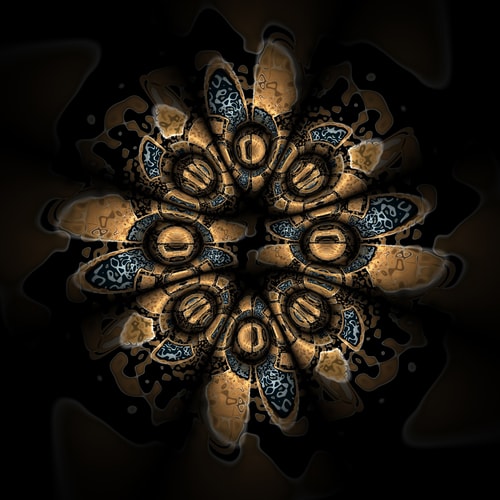
“Not a Talisman” Digital Algorithmic, 36″ x 36″
I fell in love with art in junior high.
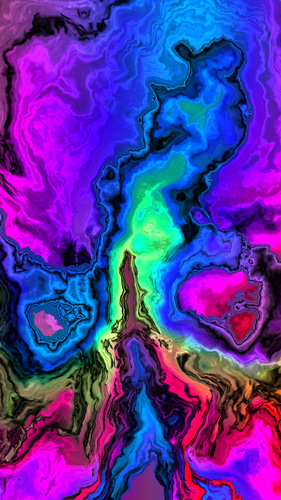
“Breakthrough” Digital Algorithmic, 27″ x 48″
My art teacher discouraged me from pursuing an art career stating, “You don’t want to be an artist because it is too hard to make a living doing art.” I took her advice and headed in a different direction for my career. In college, I took as many elective art classes as I could to have some fun and raise my grade point average.
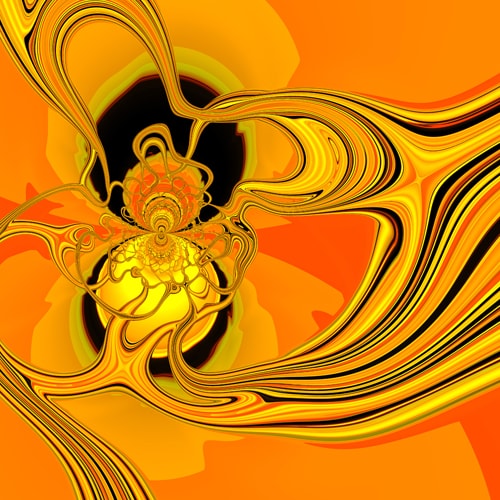
“In Contact” Digital Algorithmic, 36″ x 36″
When I turned seventy, a heart attack led to partial retirement and so gave me the time to indulge my life long suppressed desire to be an artist. I purchased a new Mac computer and began by creating images in a 3D program called Bryce.
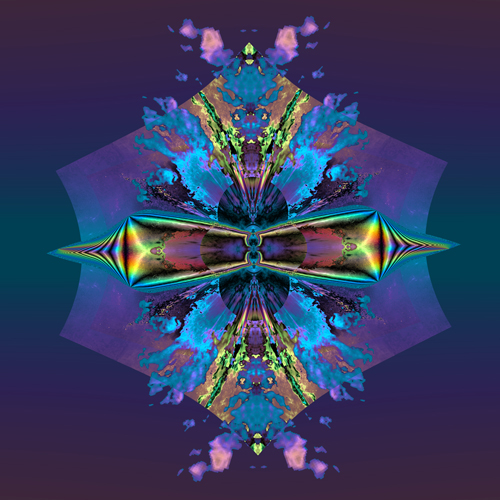
“Joyful News” Digital Algorithmic, 36″ x 36″
I then became interested in fractal images. In my pursuit of a program to create fractal images I came across the Artmatic application, which is a Mac graphics generator that can create an incredible variety of algorithmic, or “native computer art.”
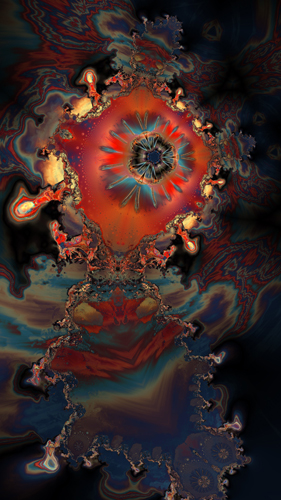
“On Walkabout” Digital Algorithmic, 33.75″ x 60″
There are two major forms of “native” algorithmic computer art; fractal and non-fractal. I consider myself to be a pioneer in creating non-fractal algorithmic abstract prints. Images are created in “Artmatic” by connecting a tree of “tiles” which contain various mathematical formulas and then examining the multitudes of iterations they can produce until a “keeper” image appears.
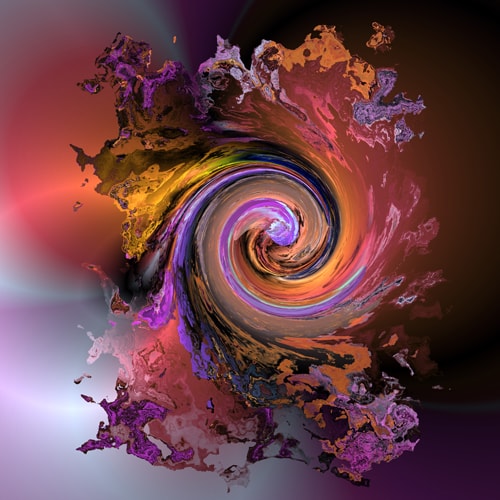
“Rainbow Complex” Digital Algorithmic, 36″ x 36″
Any kind of digital image can also be loaded into a tile to create unique forms and textures in images.
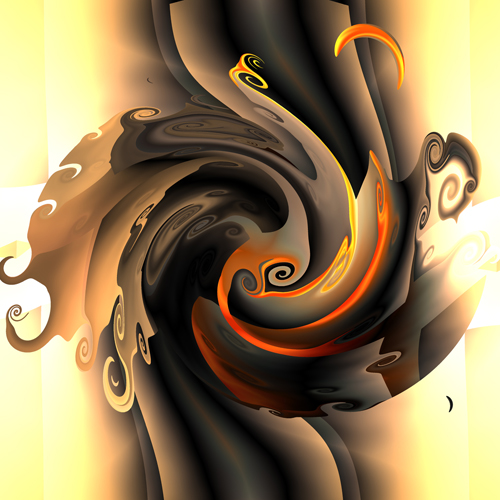
“Twisted Thinking” Digital Algorithmic, 40″ x 40″
The process of creating algorithmic images is very different than creating art with brushes. Therefore, creating art in this fashion is not for everyone.
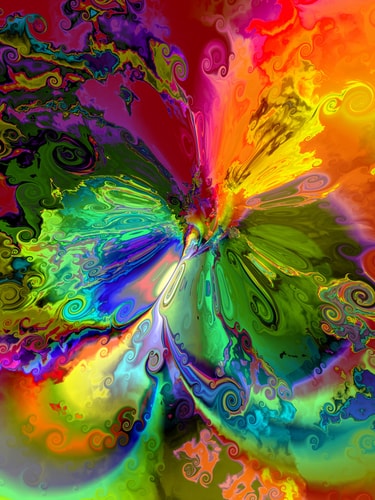
“Primavera Colors” Digital Algorithmic, 30″ x 40″
If you like to collect rocks or seashells, you may like this form of creating art. The “brush” artist often has an idea in mind as to what they wish to create and assembles the items required for the creation of the image in mind. They then set out with the necessary strokes to create that image.
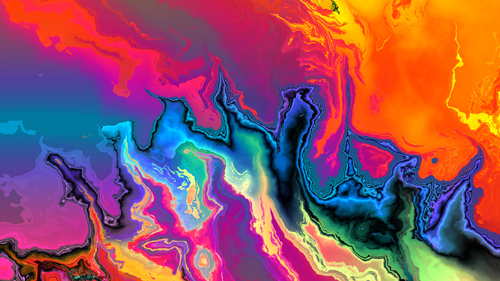
“Inferno” Digital Algorithmic, 22.5″ x 48″
With algorithmic art, the artist who is mathematically challenged may have no idea in mind as to what that assembly of mathematical formulas and numbers will create. This is why it can be likened to finding a beautiful shell or agate on a beach when a “keeper image” appears.
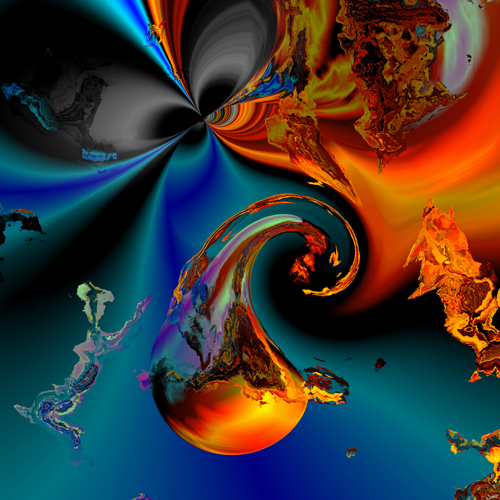
“The Tear” Digital Algorithmic, 40″ x 40″
Currently there are so few artists doing this kind of work that many art exhibits still do not have a category offered in which a person can compete. More progressive institutions have a category designated as “new media.” Algorithmic art is still the Rodney Dangerfield of the art world in the sense that in many places it “gets no respect.”
Artist Claude McCoy invites you to follow him on Facebook.


Speak Your Mind